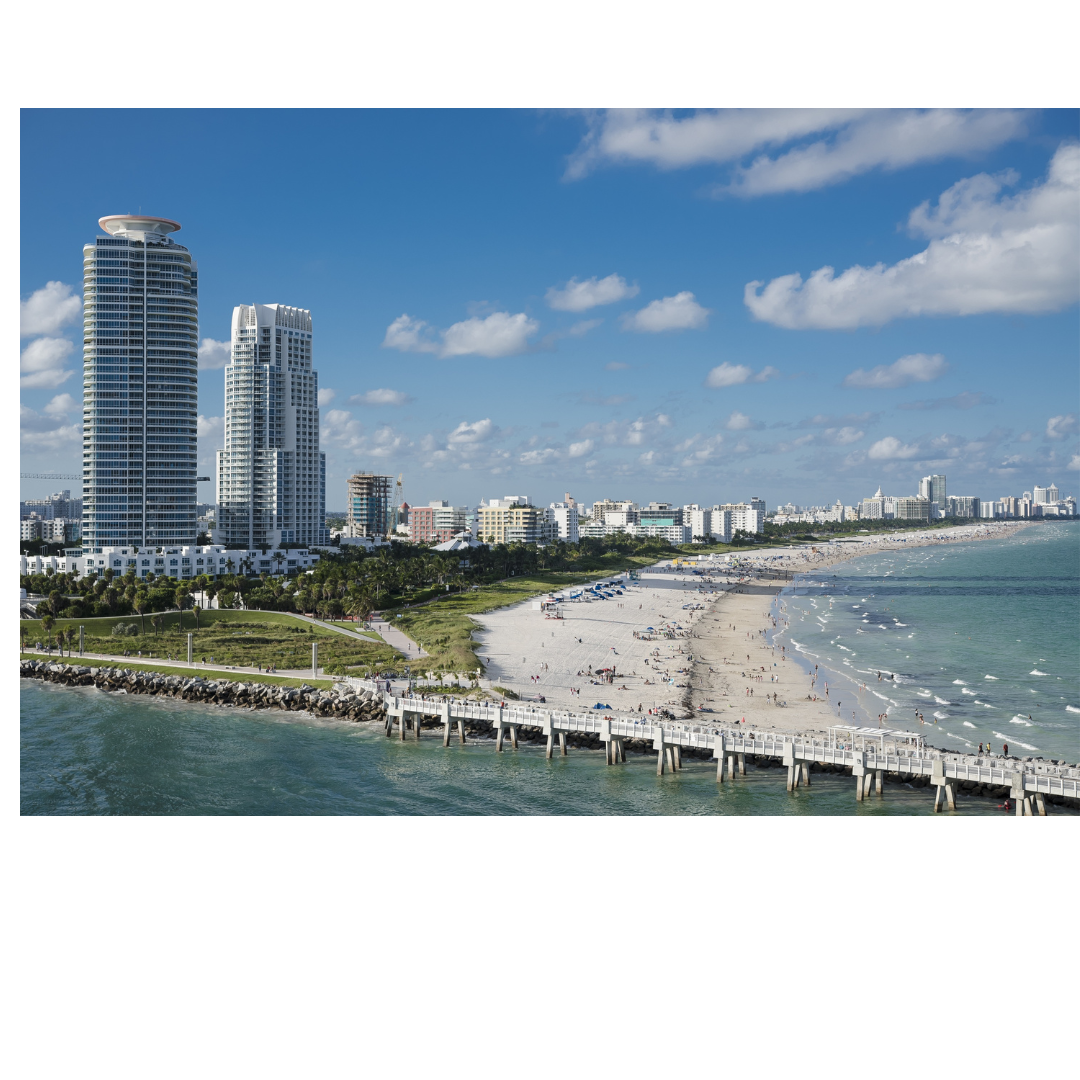Biggest Changes to Miami, Florida in Last 10 Years

Over the past decade, Miami, Florida, has undergone significant transformations across various aspects, influenced by demographic shifts, economic developments, infrastructure improvements, cultural evolution, and environmental challenges. Here are some of the most notable changes that have shaped the Magic City over the last ten years.
Population Growth and Demographics
Miami has experienced a considerable influx of residents, leading to a diverse and vibrant population. The city has attracted newcomers not only from other parts of the U.S., particularly New York and California, but also from Latin America, Europe, and the Caribbean. This demographic shift has created a melting pot of cultures, resulting in a dynamic social fabric. As of recent reports, Miami has one of the highest percentages of foreign-born residents in the nation, which has enriched the local culture, cuisine, and community events.
Real Estate Boom
The real estate market in Miami has seen explosive growth, characterized by the construction of high-rise condominiums and luxury apartments, especially in areas like Brickell, Wynwood, and Downtown. The demand for housing has surged, driven by both domestic and international buyers looking for investment opportunities and second homes. While this boom has revitalized neighborhoods and stimulated the economy, it has also led to concerns about affordability and displacement of long-term residents.
Infrastructure Development
Significant investments in infrastructure have transformed Miami’s landscape. The expansion of public transportation options, such as the Miami Metrorail and the launch of the new Brightline train service, has made commuting more efficient. Additionally, major roads and highways have seen upgrades to alleviate traffic congestion. These improvements have not only enhanced connectivity between neighborhoods but have also spurred economic activity and job creation.
Cultural and Artistic Growth
Miami has solidified its status as a cultural hub, particularly with the annual Art Basel Miami Beach, which attracts global attention and enhances the city’s reputation as an art destination. The Wynwood Walls project has transformed the Wynwood neighborhood into an open-air gallery, showcasing street art and attracting tourists and locals alike. The city's vibrant music scene has also flourished, with festivals celebrating genres from electronic dance music to Latin beats, reflecting its diverse culture.
Climate and Environmental Initiatives
In response to the growing threat of climate change, particularly rising sea levels and extreme weather events, Miami has initiated various environmental and resiliency projects. These include investments in seawalls, improved drainage systems, and sustainable infrastructure to protect against flooding. Local government has also focused on transitioning to renewable energy sources and promoting green building initiatives. The Climate Action Plan aims to reduce greenhouse gas emissions and enhance the city’s overall sustainability.
Economic Diversification
Miami's economy has seen diversification beyond tourism and hospitality. The city is emerging as a technology and innovation hub, attracting startups and tech companies, particularly in the fintech sector. This shift is supported by initiatives like the Miami Innovation District, which aims to foster collaboration between businesses, researchers, and entrepreneurs. Additionally, the finance and trade sectors continue to thrive, especially given Miami's strategic position as a gateway to Latin America.
Conclusion
Overall, Miami, Florida, has transformed significantly over the past decade, influenced by an influx of diverse populations, a booming real estate market, infrastructure enhancements, cultural growth, environmental challenges, and economic diversification. These changes reflect Miami's adaptability and resilience, making it an exciting and evolving city at the forefront of innovation, culture, and community. While opportunities abound, the challenges of affordability and climate resilience will continue to shape the city’s future narrative.
